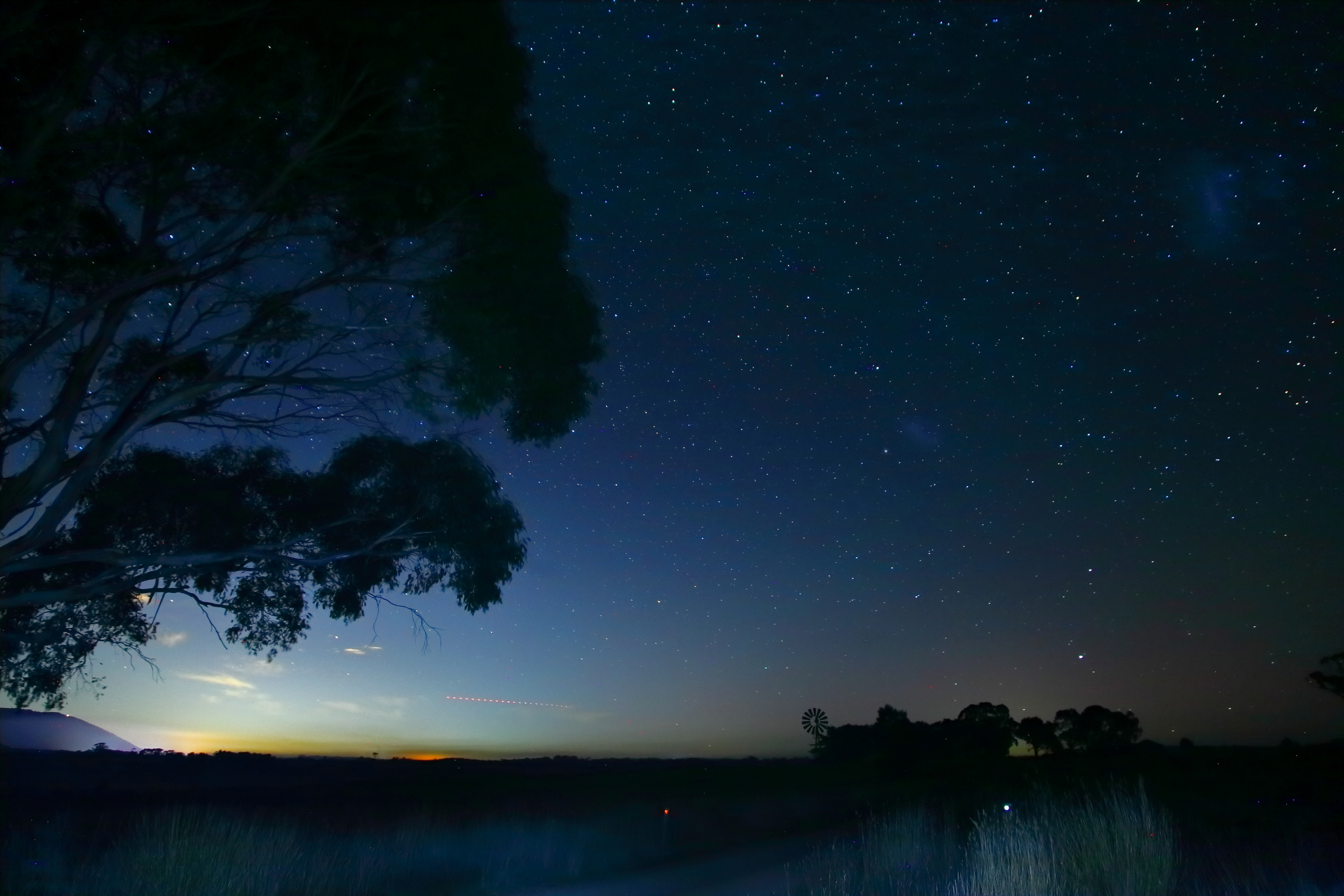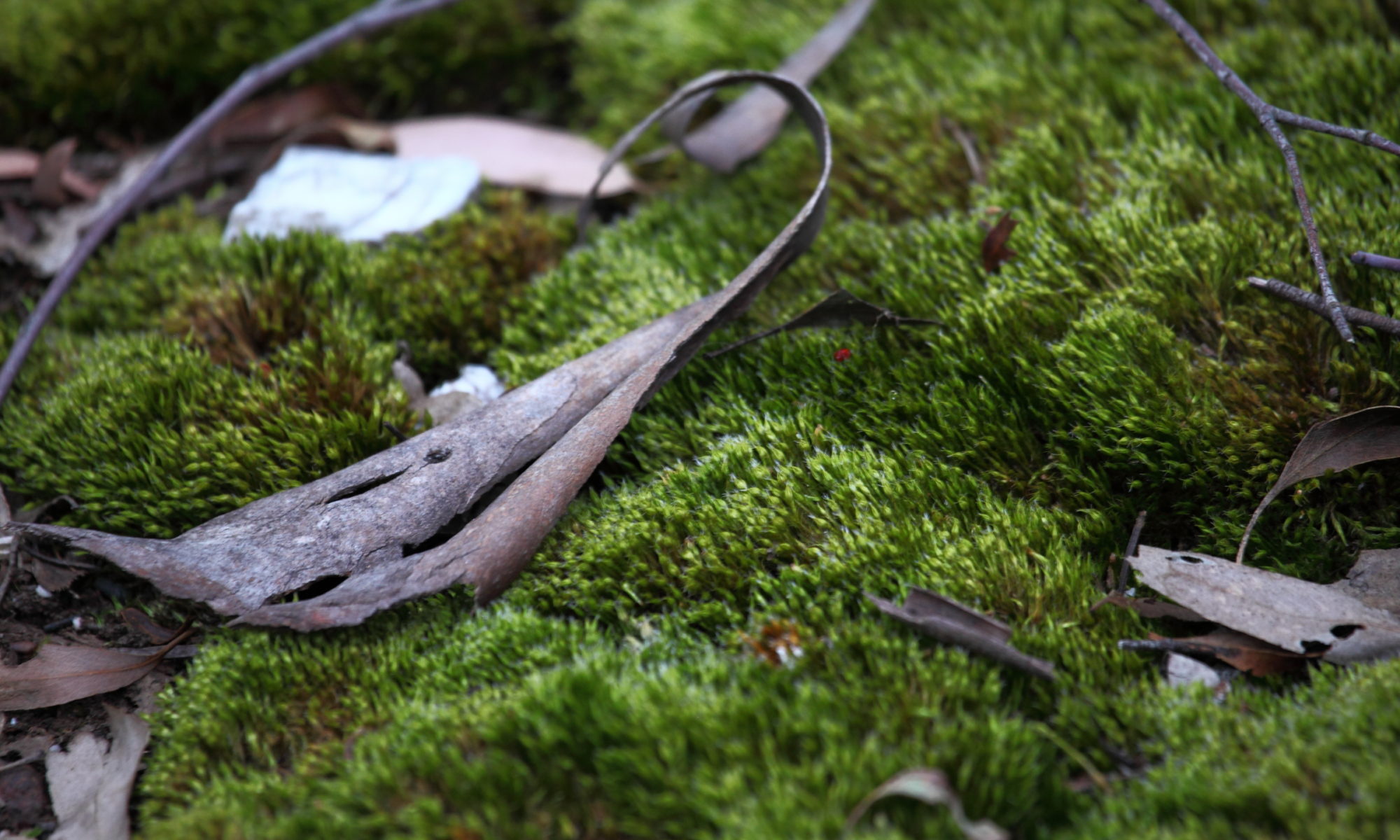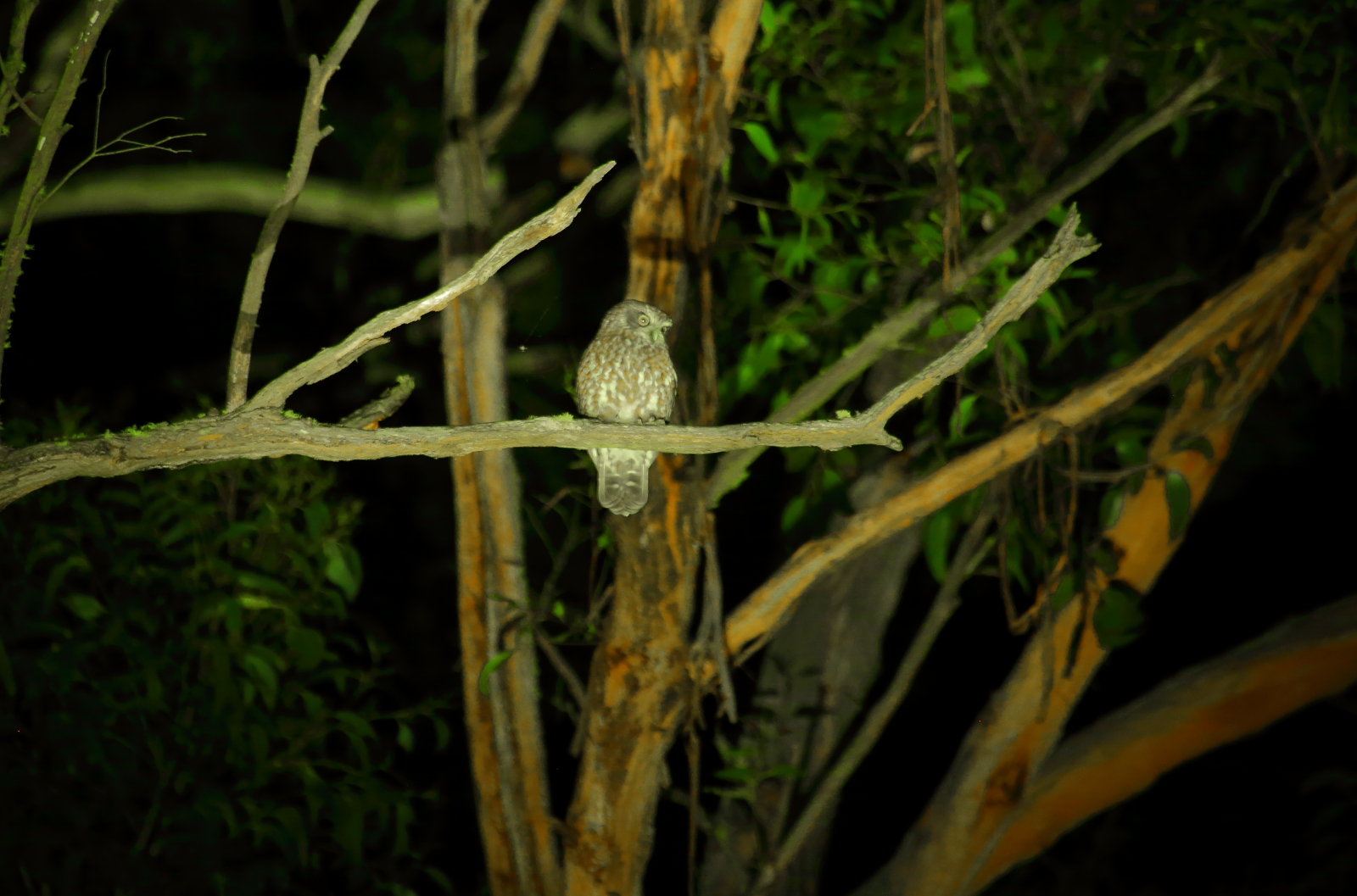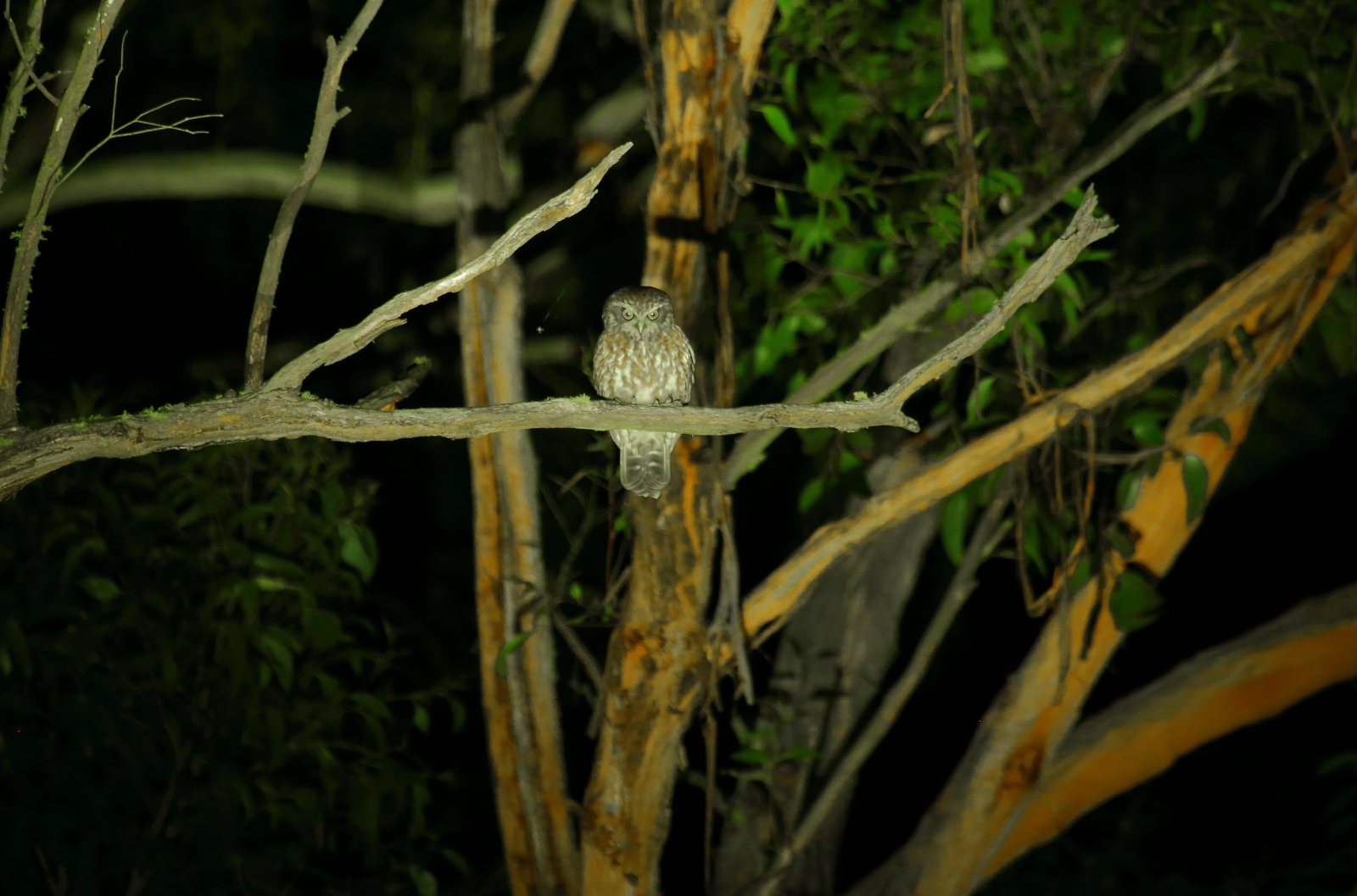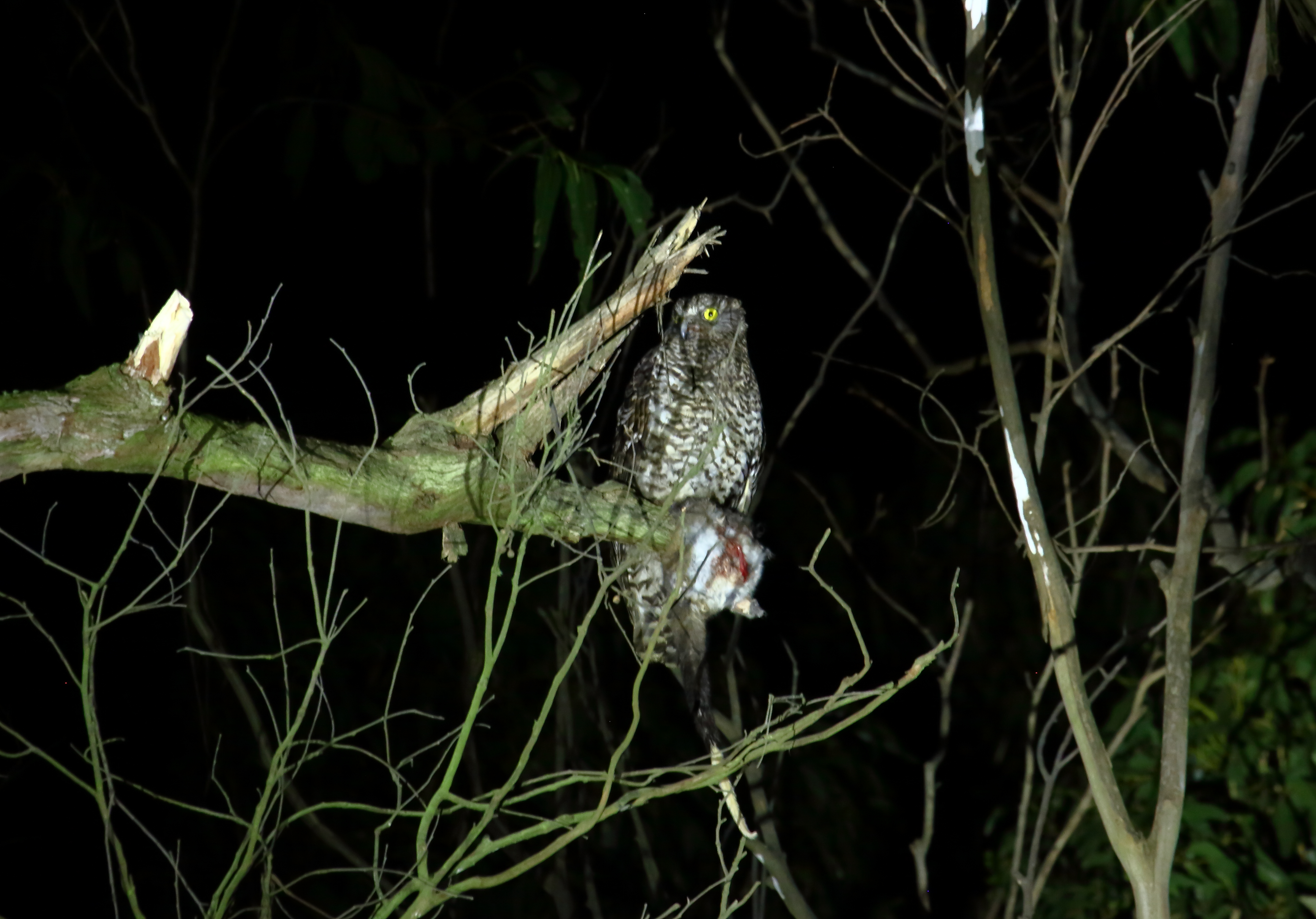Kangaroos in Snow
It is not something you see that often in sunny Australia, it is certainly not the cliche of Kangaroos bounding in desert landscapes and over open grasslands but when the great southern continent of Antarctica makes its presence felt in winter in Victoria, snow can be the result. For the Kangaroos they seem to take all the white stuff in their stride. They just keep on doing what they do, all be it a bit slippery and odd, but they really dont seem to mind much. That said joeys all seem to stay in the pouch. I’m not sure if its the mothers keeping the door closed, not wanting Joeys coming back with cold wet feet or if the joeys just think its nice to see but it looks cold out there.
Chasing Aurora again
Well my Aurora alarm went off so I thought I would have another go. It was looking good as online I was seeing some great shots coming in from New Zealand. Looking outside from home it was looking pretty clear so I set off to a spot I had found a few months ago while out looking for Greater Gliders.
It was a good place, high on the top of the divide with a great view of the southern horizon, its only issue was light pollution from Melbourne and quite a bit of cloud but it was worth a go. So I set up and took a few frames but could see nothing, but i decided to wait and see if anything happened. As it turned out I was too late, the Aurora had finished but I steadfastly hung in and changed the plan. I would do some timelapse and listen to the cricket on the radio while I waited. When the last wicket fell and Australia won the first test match against England I called it quits and headed home. You just never know what you will happen doing this job, sometimes nature plays the game and sometimes you just make the best of what you get.
Next time perhaps my luck will change.
Spotlight on Species, Greater Gliders
In a recent night spotlight on species night survey we were in luck. We found another Greater Glider in the Wombat State Forest. This time rather then just taking stills I was interested to see if I could video the Greater Glider. Normally when lit by spotlights the Greater Gliders end up pretty well blinded by the light and tend to just sit still. While this is great for photos, a glider just sitting in a tree in the light is not great for video.
So when trying to film anything a night in situ with natural behavior there is no point using a light so bright as to stop that behavior. We know most nocturnal animals seem happy to move about in moonlight so this time with the Great Glider I tried a light that was only just a little brighter than a full moon. It worked, the glider was not interested in me and my light and it kept watching the people with the spot lights as they moved on. I was finally able to capture a bit of clambering about before the spotlights returned but it gives me great hope that it will be possible to film this magnificent endangered species in the wild. All in all it was a very good test result.
The clip starts with a brushtail possum, it was my test critter, while it was interested it did not seem to be worried by my light. I then got some shots of the Great Glider under the spotlights from the survey team, it did as others have done in the past and just sat. As the team moved on I stayed, you can see the glider as the spot lights go off and a red head torch is used to light it. It still stares at the people and red light, I turn my light on and off a couple of times, it does not seem to notice and is much more interested in looking at the spot-lighters. Once they move on we see the Greater Glider just under my light. When it quietens down the Great Glider changed position just before the spotlight team returned. It was very encouraging to see the Glider being unconcerned under the filming light.
For the technically interested the material was shot with a Sigma 150-600 mm lens, using a Sony A7S2 Camera in 4k at 25 fr/sec. It was about 30m away from the camera and did not seem to mind my quiet presence.
Merry Christmas
Wishing everyone a very Merry Christmas and a happy and prosperous New Year for 2019.
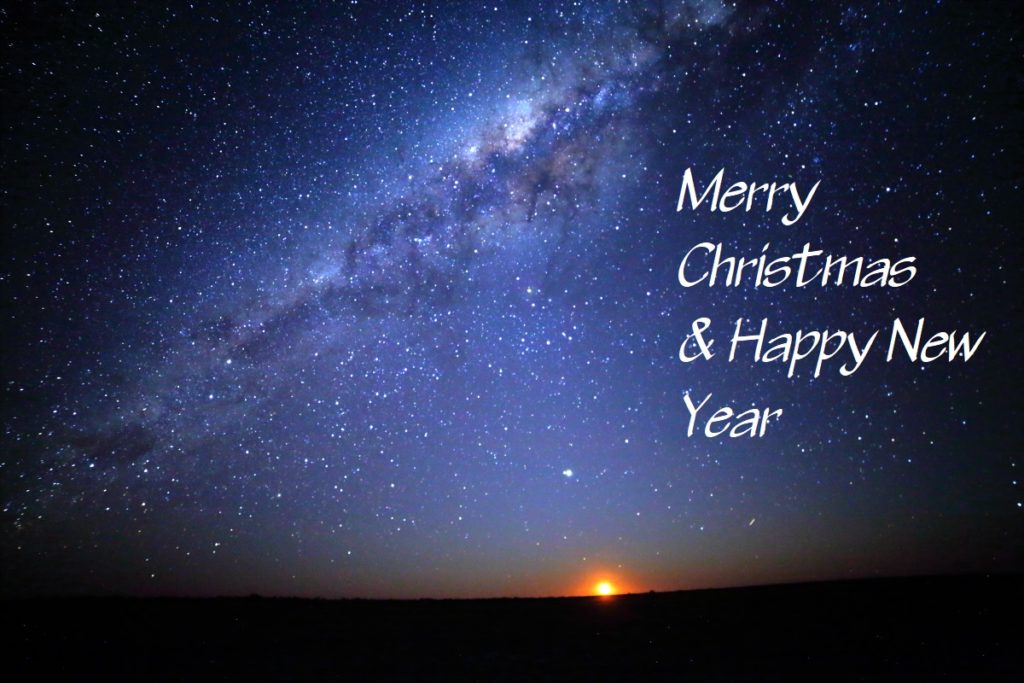
Spotlight on Species Wombat Forest Night Walk Dec
What an exciting and amazing night spotlight walk lead by Brad Blake, Upper Campaspe Landcare Network Threatened Species officer. We found 9 greater gliders on the 1km transect and numerous other possums and birds. It was just an amazing and exciting night as we saw so much. The terrain was very steep and somewhat challenging but the rewards were high. 
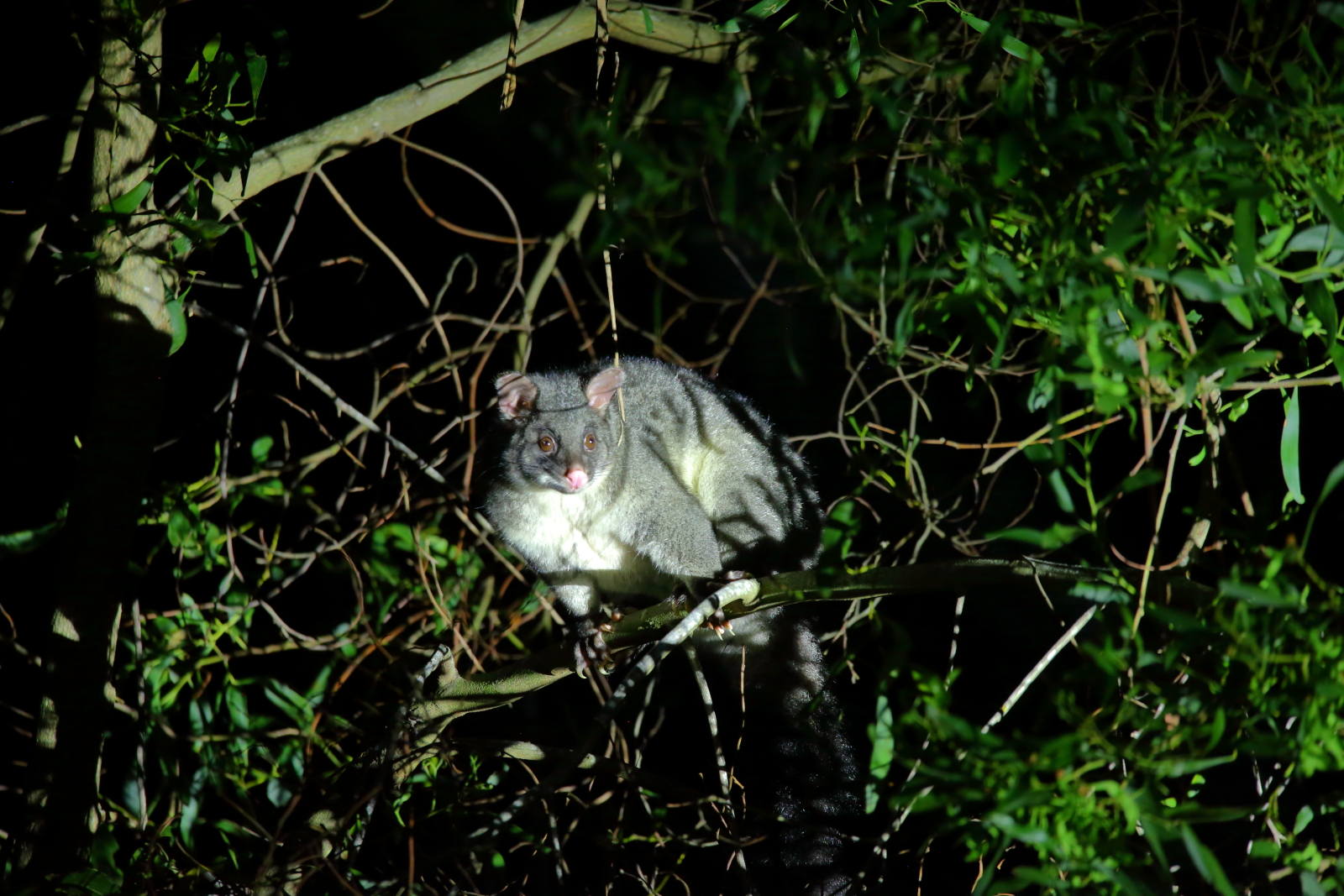
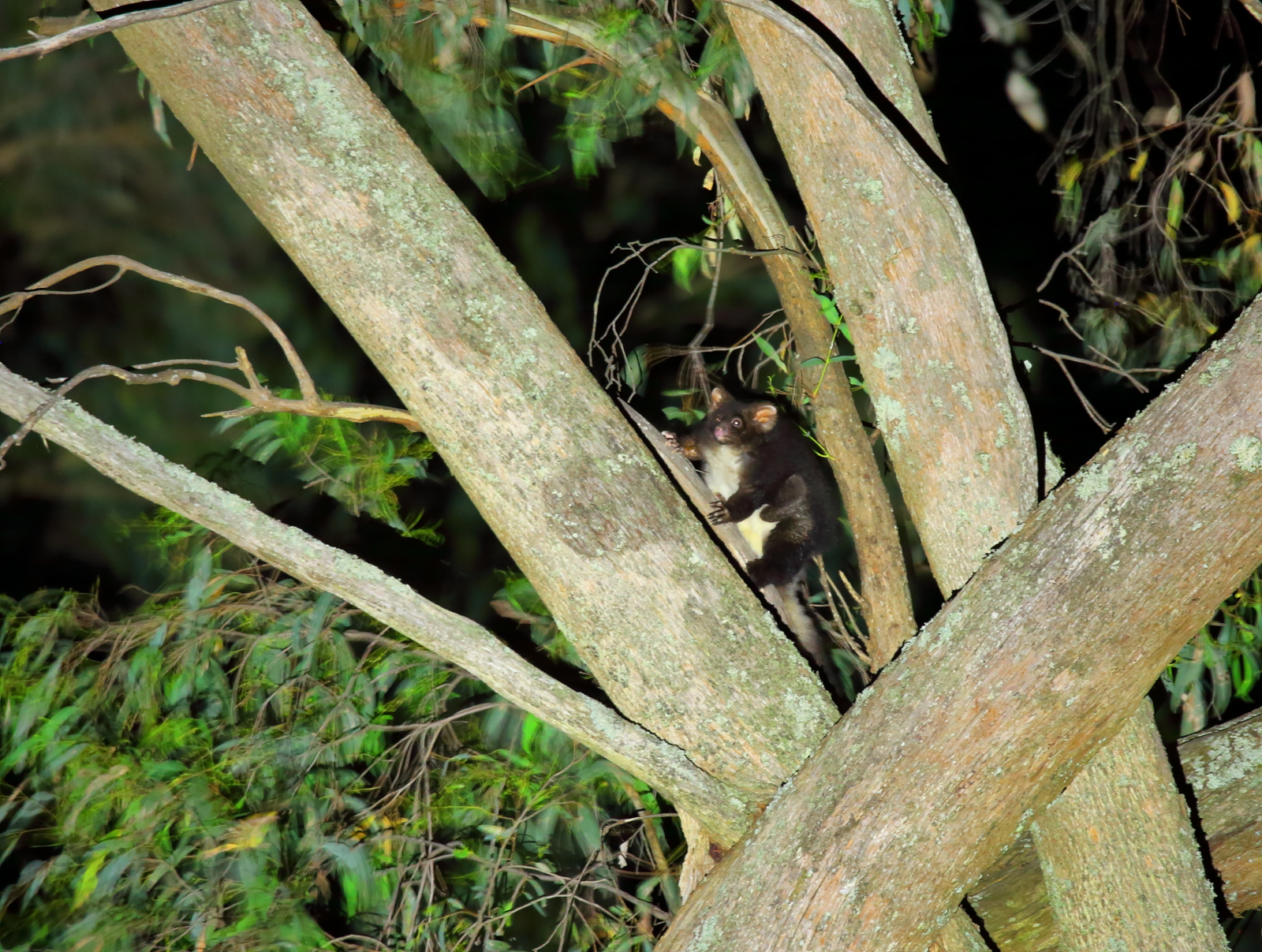
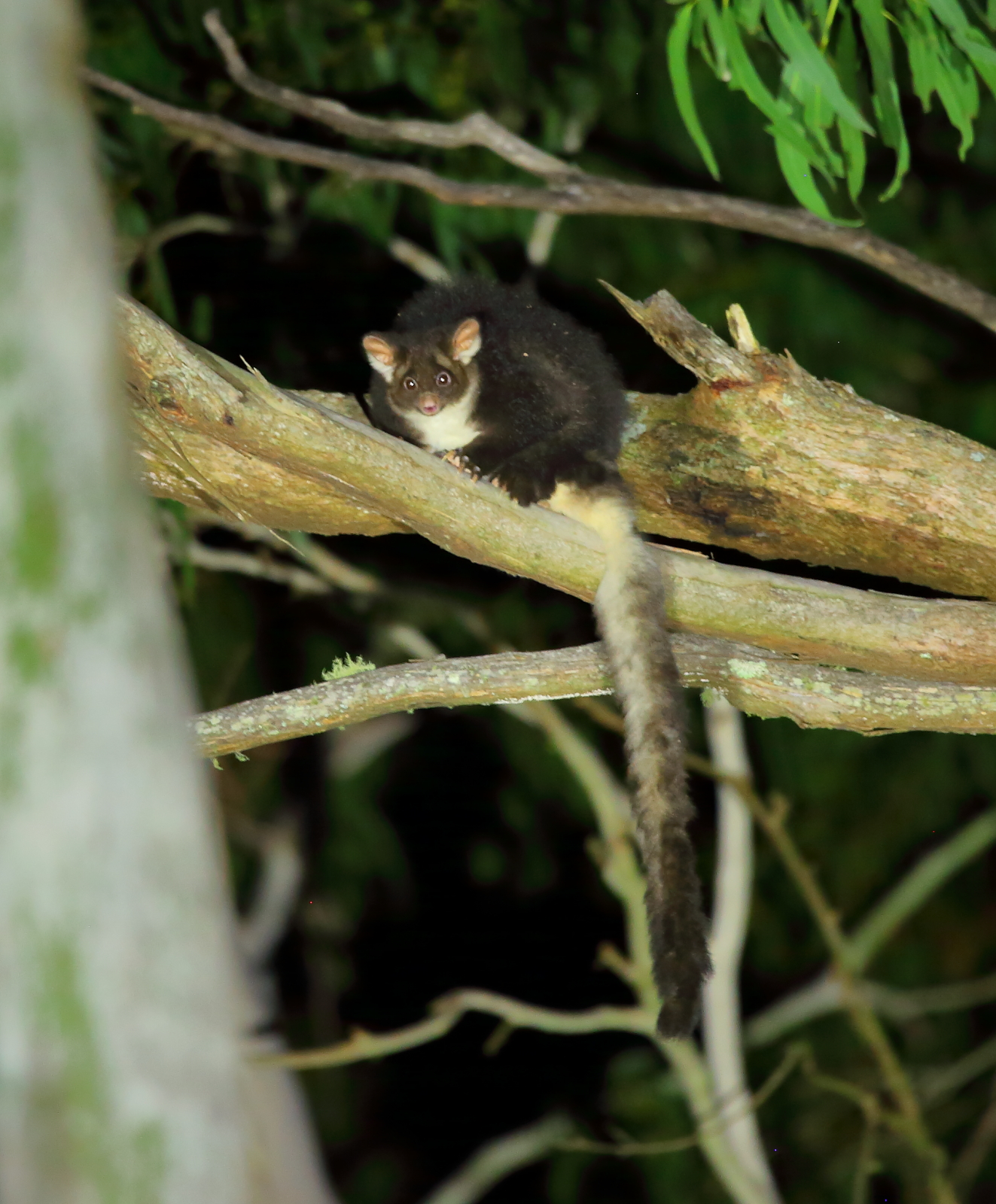
It was so exciting to see the gliders so well.
Finally on the way back to the cars we found a giant (by local standards) Eastern Pobblebonk frog just sitting on the forest floor. There must be rain on the way as it has only just emerged from under the ground so fingers crossed we get some rain in the next few days. They certainly seem to know when it is about to rain. 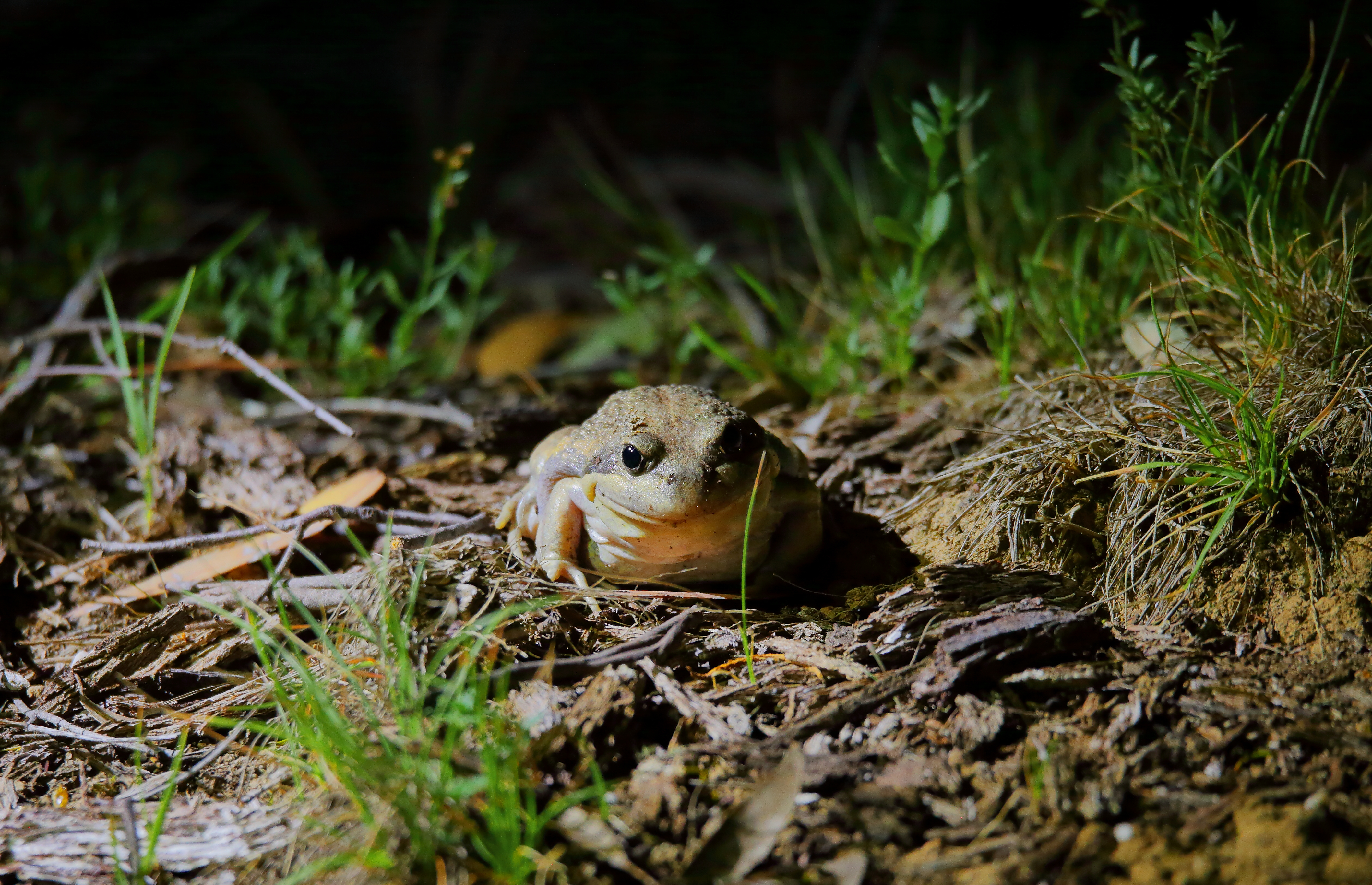
Until next time, keep your eyes and ear open and see what you can find in your local area at night with the aid of a spotlight.
Spotlight on Species Wombat Forest Night Walk
Last night we went on a spotlight walk in an area that is an island of forest to the north of the Wombat forest, as part of the Spotlight on Species walks a partnership between the Upper Campaspe Landcare Network and the Macedon Ranges Shire Council Environment department. It was a well attended walk and while we did not spot any powerful owls or greater gliders we did see plenty of interesting things and it was a lovely wander.
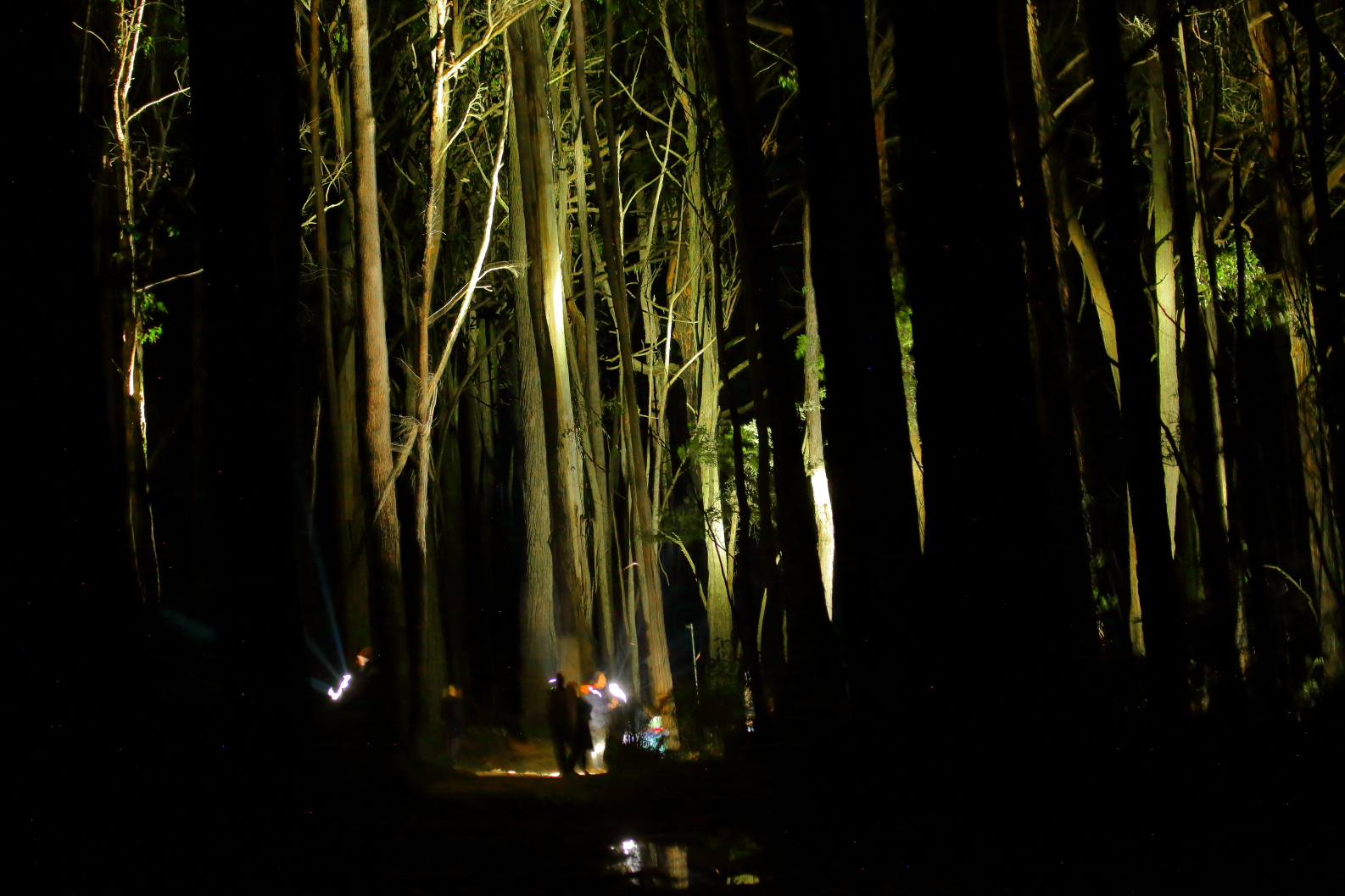
I love being in the forest a night. The thump of a wallaby as it hops off into the darkness, the sounds of sugar gliders chattering in the trees and the quiet crunching of parrots nibbling eucalypt seeds in the canopy. It is amazing how using a spotlight can focus your searching, not just in the trees but also on the ground. You see bugs and beetles you would just never see in daylight and plants so easy to walk past in daylight just pop out into focus.
My highlight of the night was a Southern Boobook Owl, it is not often one sits long enough to get some photos.
Another night walk in the Wombat Forest
Another night walking a transect, doing a spotlight survey in the Wombat State forest looking for endangered species.
Tonight’s star of the show was Powerful Owl.
These are such awesome birds. They are Australia’s largest Owl growing up to 65cm length with a wing span up to 1.3m. They are seriously large predators. From the track only its head could be seen.
After letting it get used to our presence we were able to move and change angle so we could see it front on.
So now we know why it stayed while we moved. It’s dinner in it’s claw, an adult ring-tailed possum looks small as compared to the owl. I would guess it will share its meal with its mate who we could hear but not see in the surrounding darkness. What a great find and despite not seeing any Greater Gliders, who are also food for the Powerful Owl, it was such a great night to be out.
If you get the chance a walk at night in a forest or even your backyard in Australia with a good torch is a great way to see what is out and about at night. Thanks to Upper Campaspe Landcare Network for organising this walk.
A Walk in the Wombat Forest


The Greater Glider is the largest gliding possum in Australia. They range from North Queensland to the Wombat Forest in Victoria and are an endangered species. They are surprisingly large looking but their fur cost is long and think making them look bigger than they actually are. Adults weight up to 1.6 kg in our area. Body length is up to 43cm and the tail is up to 53cm. So the whole package comes in at around one metre for a full sized adult. They eat Eucalyptus leaves like Koalas and are often found in the tops of trees feeding. They need many large hollows in their home ranges as they are slow moving and shift home frequently as they feed from tree to tree. 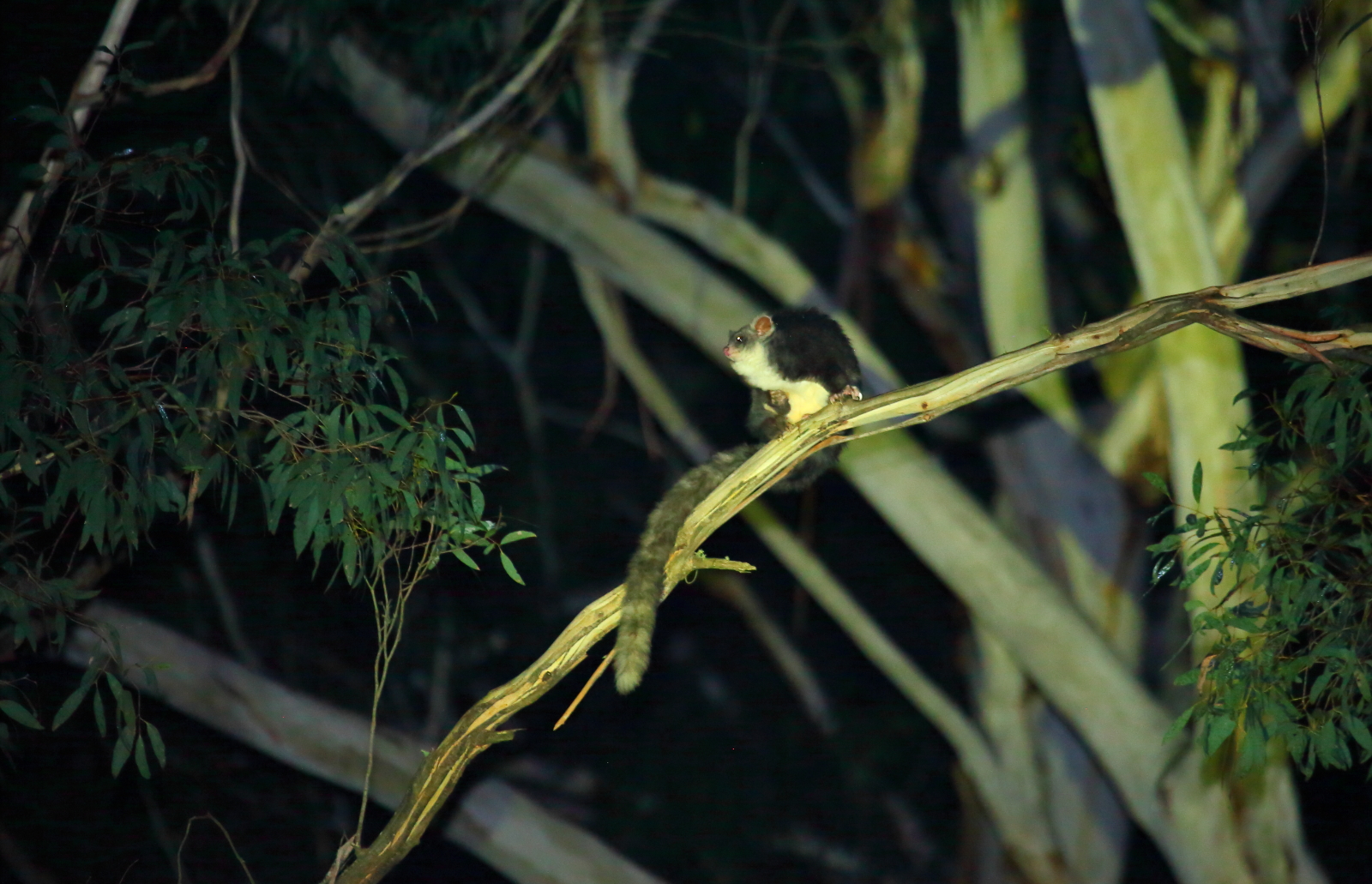
So pleased to have found such a relatively large population doing well so close to home. The survey we attended was promoted by the Upper Campaspe Landcare Network.
Chasing Aurora
Last Friday night, 20th April I received an Aurora Alert. Given that we are surrounded by trees I went out to the closest spot that gave me an unhindered view of the southern horizon. I could only see a smudge by eye, it was drowned out the glow of Melbourne I thought, but on closer inspection it was there on the right hand side of frame, just below the horizon but the distinct trace of the Aurora Australis. 